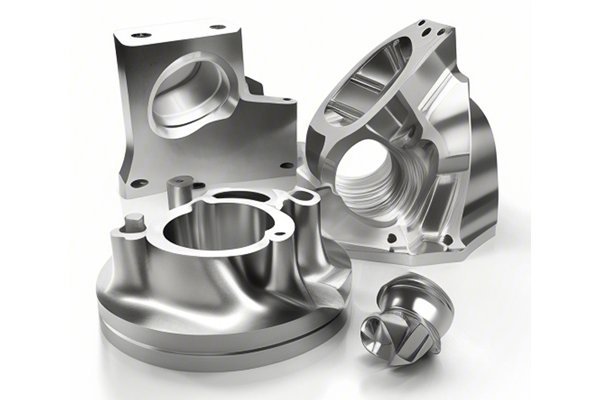Opening:
Did you know that thermal expansion can lead to dimensional changes of up to 0.1% in materials under elevated temperature conditions? This seemingly small percentage can create significant issues in precision machining, especially when it comes to CNC (Computer Numerical Control) turning processes. As industries demand higher precision and tighter tolerances, understanding how CNC turning accommodates thermal expansion becomes essential for manufacturers seeking to maintain product quality and performance.
Content:
Understanding Thermal Expansion
Thermal expansion refers to the tendency of matter to change its shape, area, and volume in response to a change in temperature. Different materials expand at different rates, which is quantified by their coefficient of thermal expansion (CTE). For engineers and machinists, managing these variations is critical in preventing defects and ensuring the integrity and functionality of the finished components.
When machining materials that experience thermal expansion, CNC turning must account for these dimensional changes to maintain precision. This challenge is particularly pronounced in metalworking, where alloys may be subject to high heat during cutting processes. Understanding how to handle these temperature fluctuations is vital for achieving high-quality results.
The Role of CNC Turning
CNC turning is a subtractive manufacturing process that creates cylindrical parts by rotating the material against a cutting tool. This process is widely used in the production of components ranging from simple shafts to complex aerospace parts. However, the high-speed nature of CNC turning generates significant heat, which can exacerbate thermal expansion issues.
To address these challenges, CNC turning incorporates several strategies:

Case Studies in CNC Turning and Thermal Expansion
Thermal expansion presents a significant challenge in CNC turning, but by implementing thoughtful strategies such as material selection, temperature control, smart tool path optimization, real-time monitoring, post-machining treatments, and design considerations, manufacturers can successfully mitigate its effects.
As we move deeper into an era of precision engineering where tolerances must be tighter than ever, staying informed about the intricacies of thermal expansion and its impact on CNC machining processes is crucial. This understanding not only ensures high-quality production but also fosters innovation and efficiency in manufacturing practices.
For industries reliant on precision components—such as aerospace, automotive, and medical device sectors—the stakes are even higher, underscoring the importance of mastering thermal expansion challenges through CNC turning technology. By experiencing firsthand how these solutions can be practically applied, manufacturers can improve their processes and meet the growing demands of their respective markets.
Understanding and adapting to thermal expansion in CNC turning is not just a technical necessity; it’s a competitive edge in today’s dynamic manufacturing landscape. Embracing these strategies can lead to enhanced product performance, longer tool life, and ultimately, satisfied customers.






